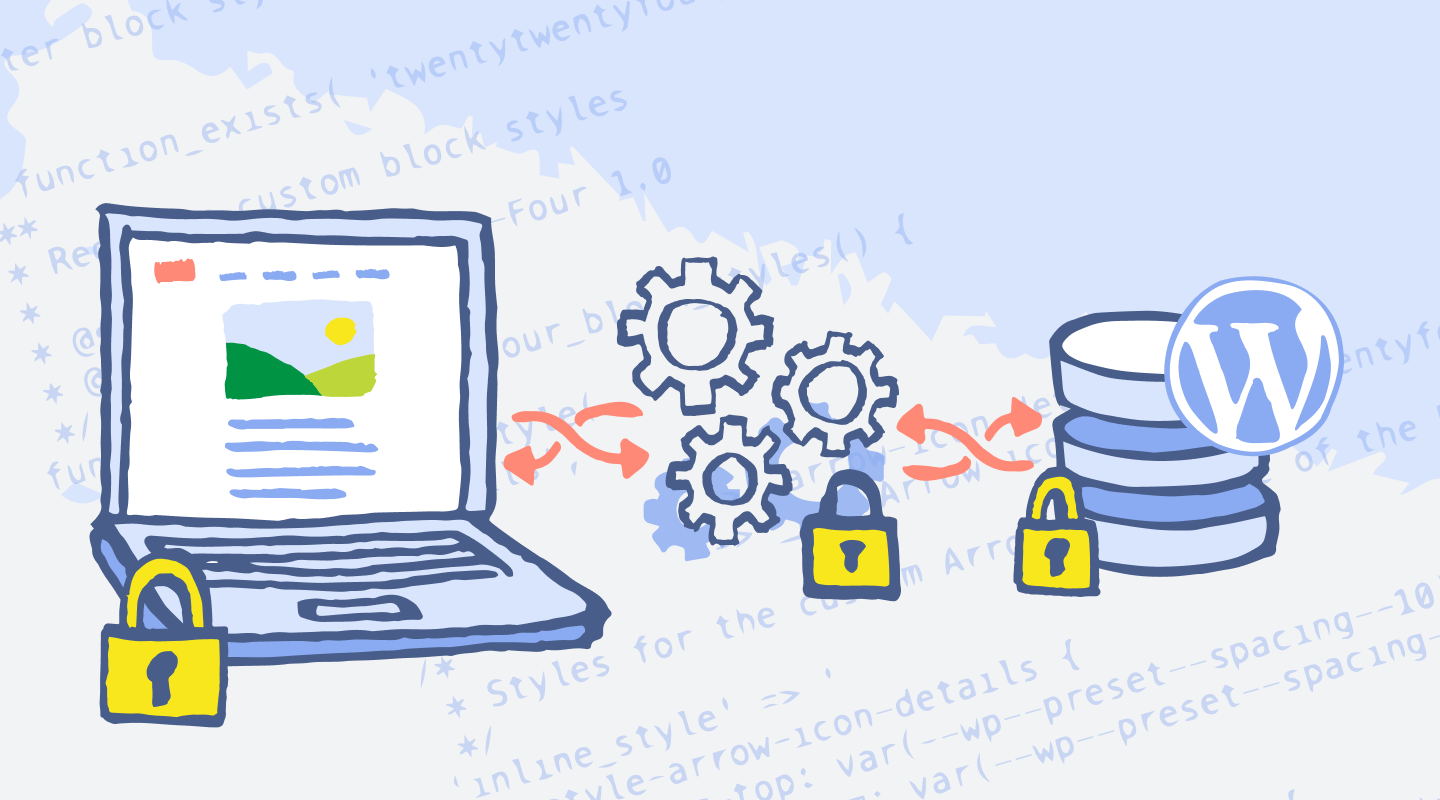
Understanding AIOps: Transforming IT Operations with Smart Automation
What is AIOps?
AIOps, which stands for Artificial Intelligence for IT Operations, is an innovative approach that employs artificial intelligence (AI) technologies to optimize and transform IT operations. The primary function of AIOps is to synthesize data from various IT systems, leveraging machine learning algorithms and advanced analytics to identify trends, detect anomalies, and automate responses to operational incidents. This paradigm shift is crucial for organizations grappling with the increasing complexity of their IT environments, which often encompass diverse systems, applications, and processes.
The concept of AIOps emerged from the escalating demand for sophisticated tools that could address the challenges presented by modern IT landscapes. Traditional IT operations management relied heavily on manual processes, which were often time-consuming and prone to human error. As enterprises expanded their digital infrastructure, the volume of data being generated surged, creating a need for more effective and proactive management solutions. AIOps rose to prominence as an answer to these challenges, enabling teams to enhance their operational efficiency and agility.
AIOps distinguishes itself from conventional IT operations management in several key ways. Unlike traditional methods that focus primarily on monitoring systems and responding reactively to incidents, AIOps takes a proactive stance. It utilizes data collected from various sources to provide insights that can predict operational disruptions before they impact services. Moreover, the automation capabilities inherent in AIOps reduce the workload on IT teams, allowing them to focus on strategic initiatives rather than routine maintenance tasks. This shift not only enhances productivity but also fosters an environment where IT can contribute more significantly to business objectives.
AIOps Components
AIOps, or Artificial Intelligence for IT Operations, is a transformative approach that utilizes advanced technologies to enhance traditional IT processes. The essential components of AIOps solutions include data collection, analytics, machine learning, and automation. Each of these elements plays a critical role in optimizing IT operations, making it imperative to understand their contributions and interconnections.
Data collection serves as the foundation of AIOps, where vast amounts of data from various sources—including logs, metrics, and events—are aggregated. This data is crucial for identifying patterns, trends, and anomalies in the IT environment. Effective data collection mechanisms ensure that the data is both comprehensive and timely, which is essential for real-time monitoring and incident response.
Analytics is the next pivotal component, where the collected data undergoes thorough examination. AIOps uses advanced analytical techniques to interpret the data, enabling IT teams to generate meaningful insights regarding system performance and health. This analytical process helps organizations to detect potential issues before they escalate, thereby facilitating proactive incident management.
Machine learning, a subset of artificial intelligence, enhances the capabilities of AIOps by enabling systems to learn from historical data and improve their performance over time. With machine learning algorithms, AIOps can automate decision-making processes, augmenting human capabilities in troubleshooting and optimizing system performance. This reduces the mean time to resolution (MTTR) for incidents and minimizes downtime.
Finally, automation is integral to AIOps, as it streamlines IT operations by reducing the need for manual intervention. Automated processes can swiftly address routine tasks and alerts, allowing IT teams to focus on more strategic initiatives. The interplay of data collection, analytics, machine learning, and automation forms a synergistic relationship that empowers organizations to execute efficient IT operations. In conclusion, understanding the AIOps components is essential for adopting effective IT strategies that enhance operational efficiency and resilience.
Implementing AIOps
Implementing AIOps within an organization requires a well-structured approach to integrate smart automation into existing IT operations. The first step in this journey involves assessing the current IT infrastructure. Organizations should conduct a comprehensive review of their systems, processes, and tools to identify areas that can benefit from AIOps capabilities. This assessment should also involve determining the volume and variety of data flowing through the systems, as understanding data sources will help tailor AIOps solutions effectively.
Once the assessment is complete, the next critical step is selecting the appropriate AIOps tools that align with business needs. There is an array of AIOps solutions available in the market, each designed to address specific IT challenges. Organizations should evaluate these tools based on their scalability, ease of integration, and ability to provide actionable insights. Engaging stakeholders across different departments during this selection process is crucial to ensure that the chosen solution serves the broader organizational goals.
Organizational readiness is another essential aspect to consider before diving into AIOps adoption. This includes training IT staff and stakeholders on AIOps concepts and the functionalities of the selected tools. Establishing a culture that embraces data-driven decision-making and automation is vital. Addressing resistance to change and fostering an environment of continuous improvement can facilitate smoother implementation. Alongside these preparations, organizations should also anticipate potential challenges during the AIOps implementation phase. Common obstacles include integration complexities and gaps in data quality. Developing a robust data management strategy and creating an agile governance framework can significantly help navigate these issues.
In conclusion, effectively implementing AIOps involves a systematic assessment of IT infrastructure, thoughtful tool selection, and fostering organizational readiness while anticipating challenges. By adhering to these structured steps, organizations can successfully transform their IT operations through the practical application of AIOps, enhancing efficiency and responsiveness in a rapidly changing technological landscape.
Comparing Domain-Agnostic and Domain-Centric AIOps Tools
AIOps, or Artificial Intelligence for IT Operations, has emerged as a pivotal technology in modern IT management. It can be divided into two primary categories: domain-agnostic AIOps tools and domain-centric AIOps tools. Understanding the distinction between these two approaches is essential for organizations aiming to enhance their IT operations effectively.
Domain-agnostic AIOps tools are designed to address a broad range of IT operations, providing a unified platform that can adapt to various domains within an organization. These tools leverage machine learning and analytics to drive automation, enabling IT teams to manage incidents, capacity forecasting, and performance monitoring across different environments without being limited to a specific technology stack. The primary advantage of domain-agnostic tools lies in their flexibility and scalability, which allows organizations to implement them across multiple platforms and teams. However, they may lack the depth of features needed for specific applications or industries, which can sometimes hinder optimizing complex environments.
On the other hand, domain-centric AIOps tools are tailored to specific technologies or industry verticals, such as cloud services, application performance management, or network operations. These tools provide deeper insights and more granular automation capabilities relevant to the particular domain they serve, making them highly effective for specialized tasks. The advantage of this specificity is evident in the tool’s ability to handle domain-specific complexities and nuances that domain-agnostic solutions might overlook. However, the downside includes potential challenges with integration as organizations grow and their IT landscapes diversify, leading to the possibility of siloed operational strategies.
In practical terms, a financial services company might benefit more from domain-centric AIOps tools due to regulatory considerations and the complexity of financial transactions, while a tech startup might find greater value in domain-agnostic solutions to remain agile and adaptable. In every case, the choice between domain-centric and domain-agnostic AIOps tools should align with organizational goals and the existing IT infrastructure, ensuring that operations are streamlined and efficient.
AIOps vs. DevOps
AIOps, or Artificial Intelligence for IT Operations, represents a shift in the approach to managing IT environments, employing machine learning and data analytics to streamline operations. In contrast, DevOps is a cultural and technical movement aimed at enhancing collaboration between development and operations teams to deliver software more efficiently. While their primary objectives may differ, both methodologies strive to improve IT service delivery and operational performance.
The core objective of AIOps is to leverage large volumes of data generated across IT environments to automate and optimize incident management and system performance. By utilizing AI algorithms, AIOps can analyze historical data, identify patterns, and predict potential issues before they impact services. DevOps, on the other hand, focuses on shortening software development cycles, promoting continuous integration and delivery, and fostering a culture of collaboration among cross-functional teams.
One of the primary benefits of AIOps lies in its ability to enhance DevOps practices. By integrating AIOps into the DevOps workflow, teams can automate repetitive tasks, enabling faster incident response times and reducing the mean time to resolution (MTTR). This integration allows DevOps teams to focus on higher-value activities, such as improving code quality and developing new features, rather than expending resources on manual operations management.
Furthermore, AIOps provides deeper insights into system performance through advanced analytics and monitoring. By analyzing system behavior in real-time, AIOps enables DevOps teams to optimize resource allocation, enhance application performance, and ensure a more resilient infrastructure. This complementary relationship between AIOps and DevOps fosters a balanced approach to IT operations, merging operational efficiency with the agility necessary for rapid software development and deployment.
AIOps Use Cases and Benefits
AIOps, or Artificial Intelligence for IT Operations, offers a myriad of use cases that significantly enhance the efficiency and effectiveness of IT operations. One prominent use case is automated incident resolution. Traditional incident management often involves manual reviews and responses, which can be time-consuming. AIOps leverages machine learning algorithms to analyze historical data and patterns, enabling systems to identify and resolve incidents autonomously, thereby minimizing human intervention. This leads to quicker responses and a decrease in operational downtime.
Another critical application of AIOps is performance monitoring. In environments where applications must maintain optimal performance, AIOps tools can continuously monitor system metrics and user behavior. By employing real-time analytics, AIOps can detect performance anomalies much faster than traditional monitoring systems. This capability not only helps in maintaining service quality but also guides IT teams in optimizing resource allocation based on usage patterns and performance metrics.
Proactive anomaly detection is an additional significant benefit of AIOps. Rather than reacting to problems after they occur, AIOps enables organizations to anticipate potential issues before they affect users. Through advanced data correlation and pattern recognition, AIOps tools can identify deviations from normal operational behaviors, allowing IT departments to take preemptive actions, thus reducing the likelihood of outages or serious incidents.
Overall, the integration of AIOps into IT operations leads to a marked reduction in mean time to resolution (MTTR), thereby enhancing operational efficiency. IT professionals can allocate more time to strategic initiatives rather than being bogged down by routine troubleshooting. Furthermore, AIOps fosters better decision-making by providing actionable data-driven insights, enabling organizations to align their IT strategies with broader business goals. As such, the adoption of AIOps represents a substantial step forward for organizations looking to streamline IT operations and improve overall service delivery.







